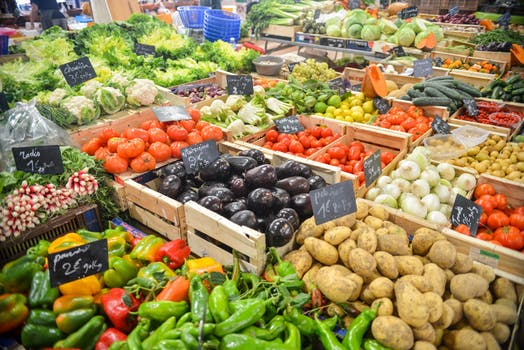


All too often, travellers abruptly find themselves suffering from a gastrointestinal infection. This condition occurs so regularly that it merits its own name: Travellers' Diarrhea. The culprits are bacteria, protozoa, viruses, and toxins that are transmitted through contaminated food and water, and poor hand hygiene practices.
Food and water-borne illnesses can occur in any country. When we are travelling, we are more likely to be unfamiliar with our food – we won’t always know where it came from, how it was prepared, or who handled it. Some of us are also more inclined to take risks by trying local delicacies and eating from various food vendors. You can prevent gastrointestinal infections when you know the risks, make safe choices, and practice good hygiene. The golden rule is:
Boil it, Cook it, Peel it, or Forget it!
Download the full Food and Water Safety factsheet here: Food and Water Safety PDF

Always exercise caution with your drinking water. In areas where hygiene and sanitation are challenging to maintain, taking precautions with drinking water is essential.
Is the tap water safe?
Tap water quality and access to clean drinking water varies from region to region. The safety of the drinking water at your destination depends on context-specific factors such as the local supply and distribution system as well as the monitoring and enforcement of water quality standards.
Water quality can be affected by:
Even slight changes in water composition can cause Traveller’s Diarrhea. For example, tap water at your destination will have no ill effect on the local population, but due to different treatment standards there may be higher concentrations or unfamiliar strains of E.coli bacteria present. This can cause diarrhea since you do not develop immunity during short-term exposure.
Boil your water
If you are unsure about the tap water quality at your destination, bring the water to a rolling boil. Boiling your water destroys pathogens that can cause gastrointestinal infections such as E. coli, Giardia, and Cryptosporidium. Let your water cool in a covered container overnight and pour it into your reusable water bottle before heading out for the day.
Treated water
Water disinfection methods such as filtration, ultraviolet (UV) light and chemical disinfection can be used if there is no heating source to boil water. To learn about different treatment methods, see Drinking Water Safety.
Bottled water
Bottled water is another option. However, bottles may be outdated or tampered with. Bottled water is also a large contributor to pollution and contributes to the water crisis. If you do purchase bottled water, do so from a reputable source and check that the bottle cap is properly sealed.
 Always exercise caution when eating high risk foods. Reduce your risk of illness by practicing food safety and following good hand hygiene practices at your destination.
Always exercise caution when eating high risk foods. Reduce your risk of illness by practicing food safety and following good hand hygiene practices at your destination.
How food becomes contaminated
Exposure to contaminated food is a common source of gastrointestinal illnesses. Before we eat our food, it encounters growers, processors, storage facilities, retailers, and food handlers that can introduce pathogens such as e. coli, Clostridium botulinum, and salmonella. Contamination can also occur through:
High risk foods
Due to increased risk of contamination, travellers should practice caution with the following foods:
Furthermore, it’s not just about what you eat, it’s also important to consider where you eat. It’s not always easy to know if a restaurant or food vendor follows proper food handling and hygienic practices such as properly cleaning cutting boards and utensils, regularly washing their hands, or correctly refrigerating food. Avoid restaurants and food vendors that appear unclean or that don’t have many customers.
Hand hygiene
Hand washing is key to preventing gastrointestinal infections. Inadvertently ingesting fecal matter, protozoa eggs, bacteria or viruses by touching the mouth with dirty or improperly washed hands is a common source of illness. Always ensure that you wash your hands thoroughly before handling food and after using the bathroom.
See the following resources for more information on food and water safety: